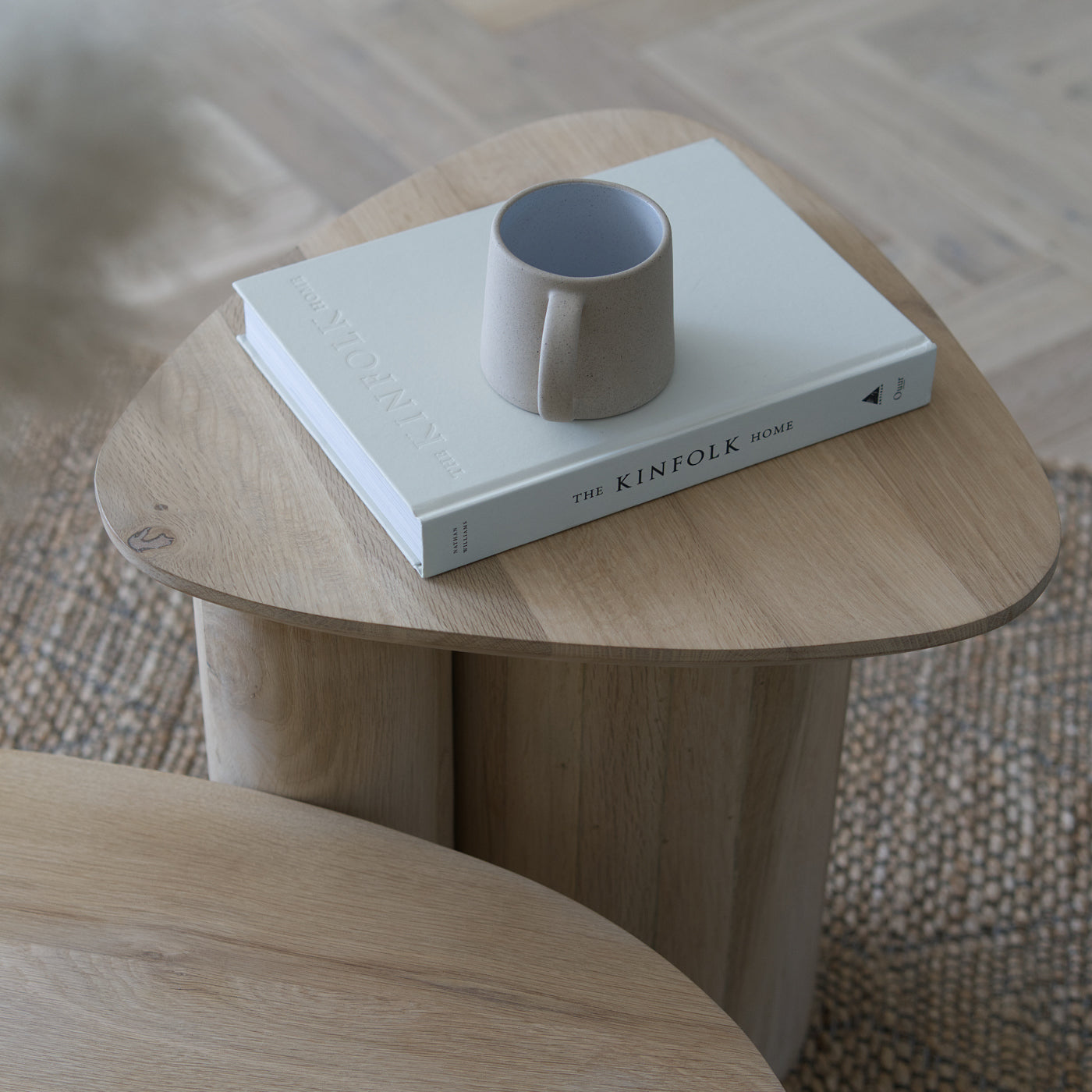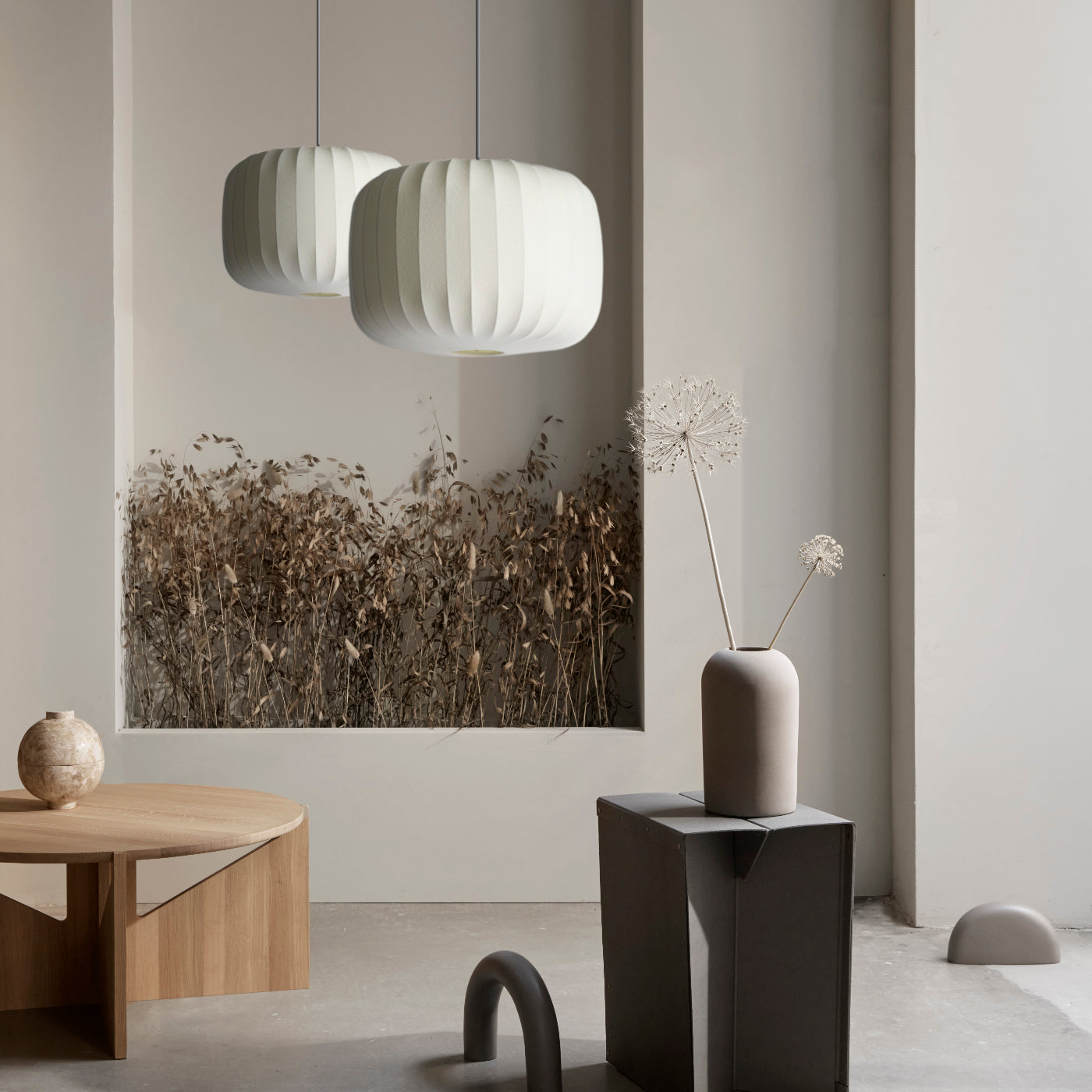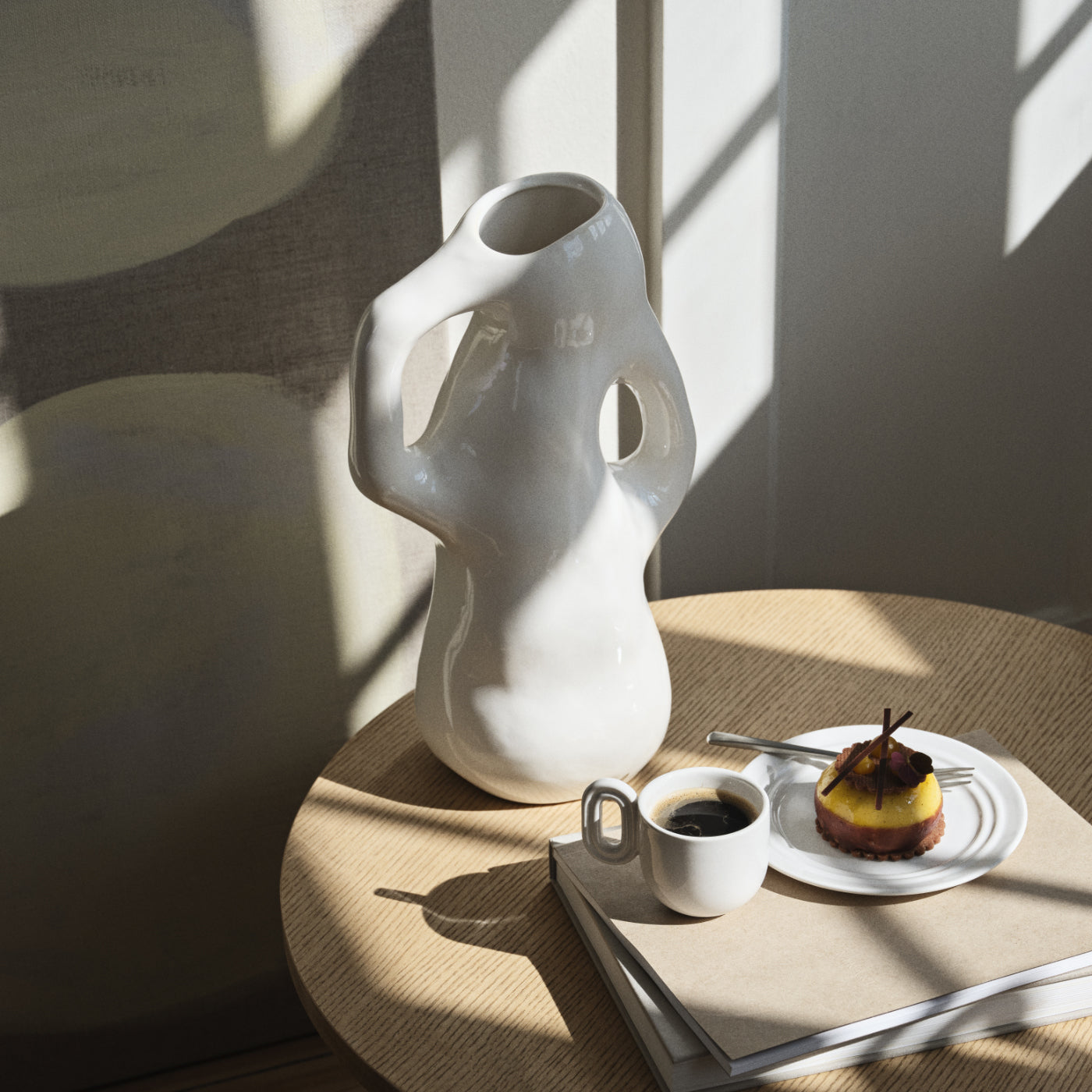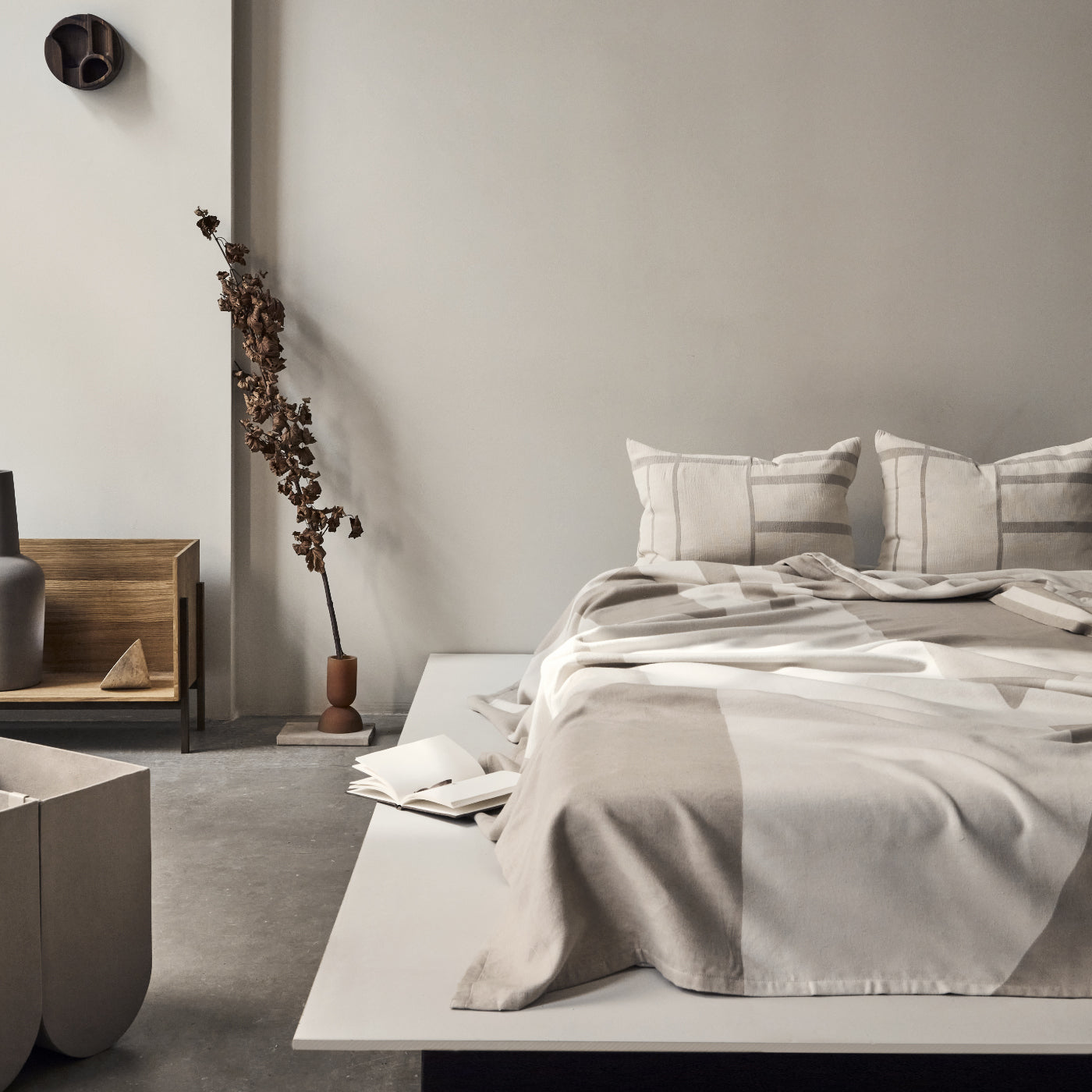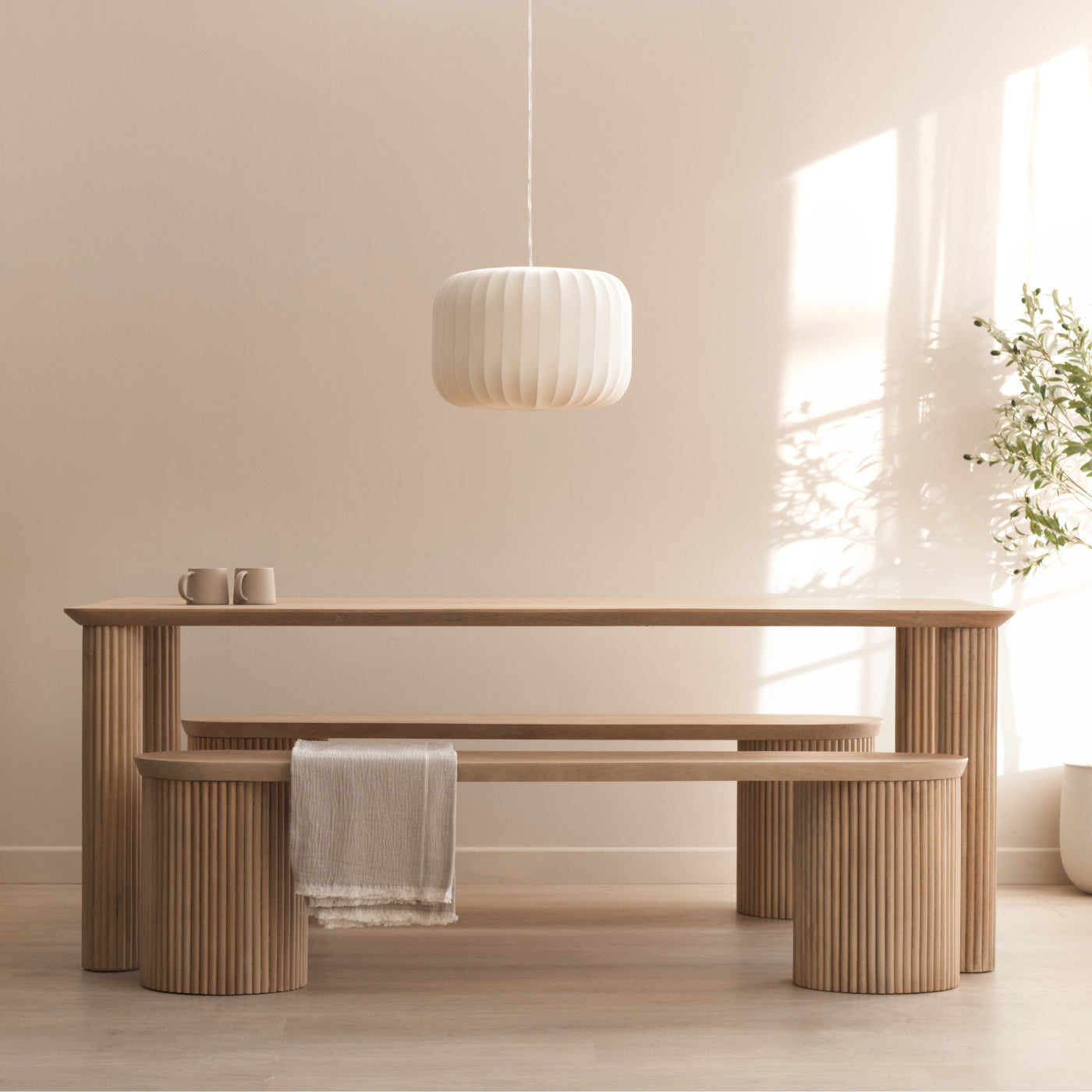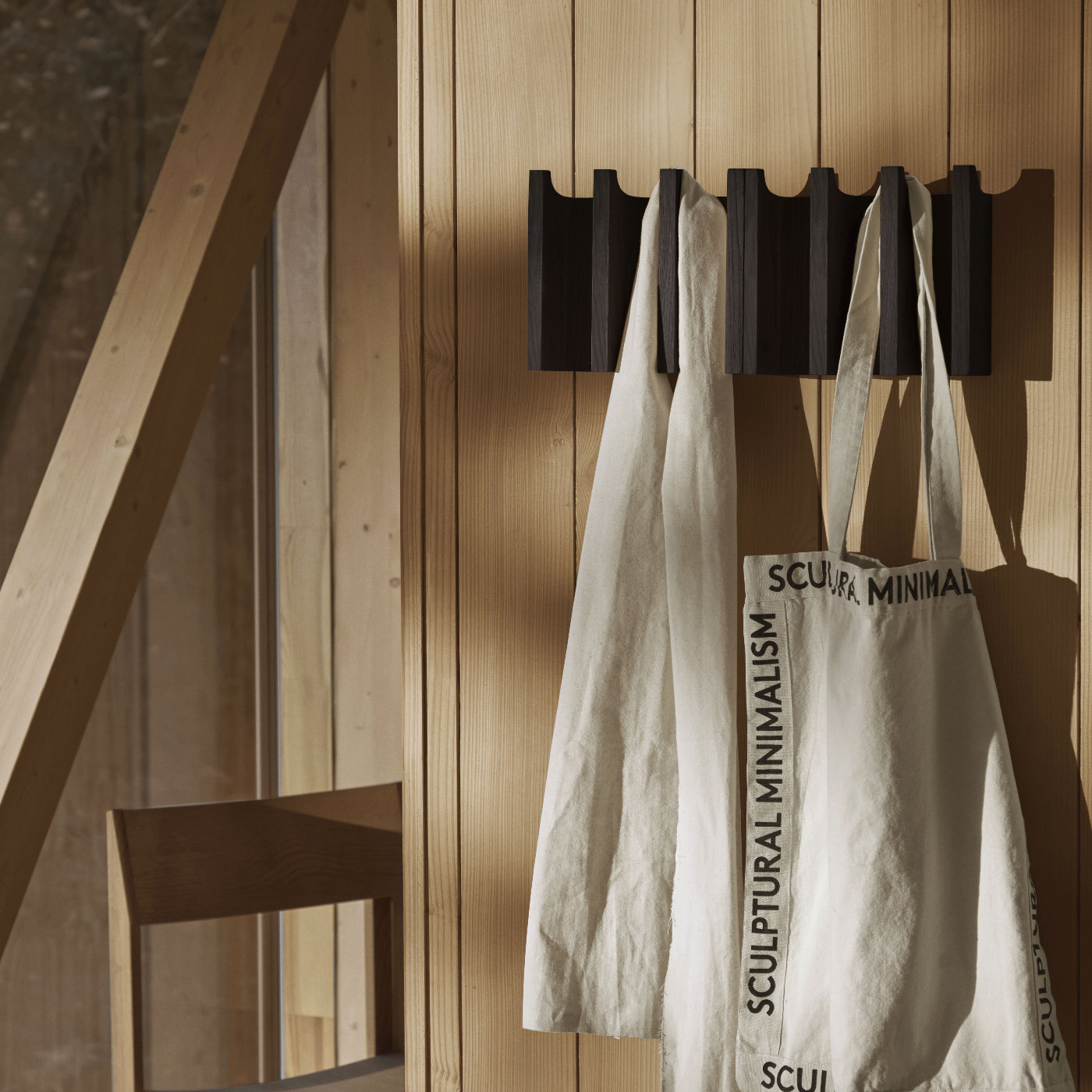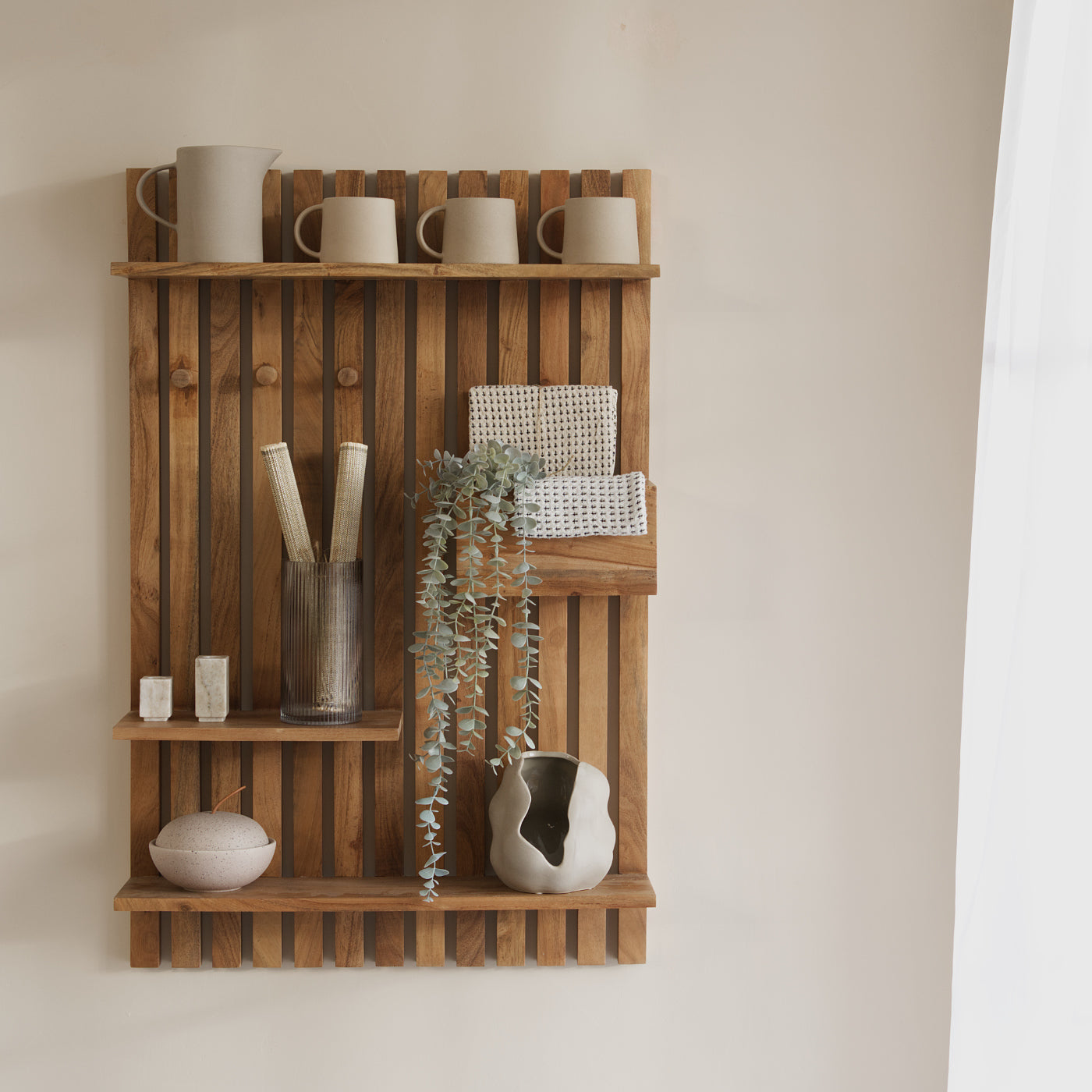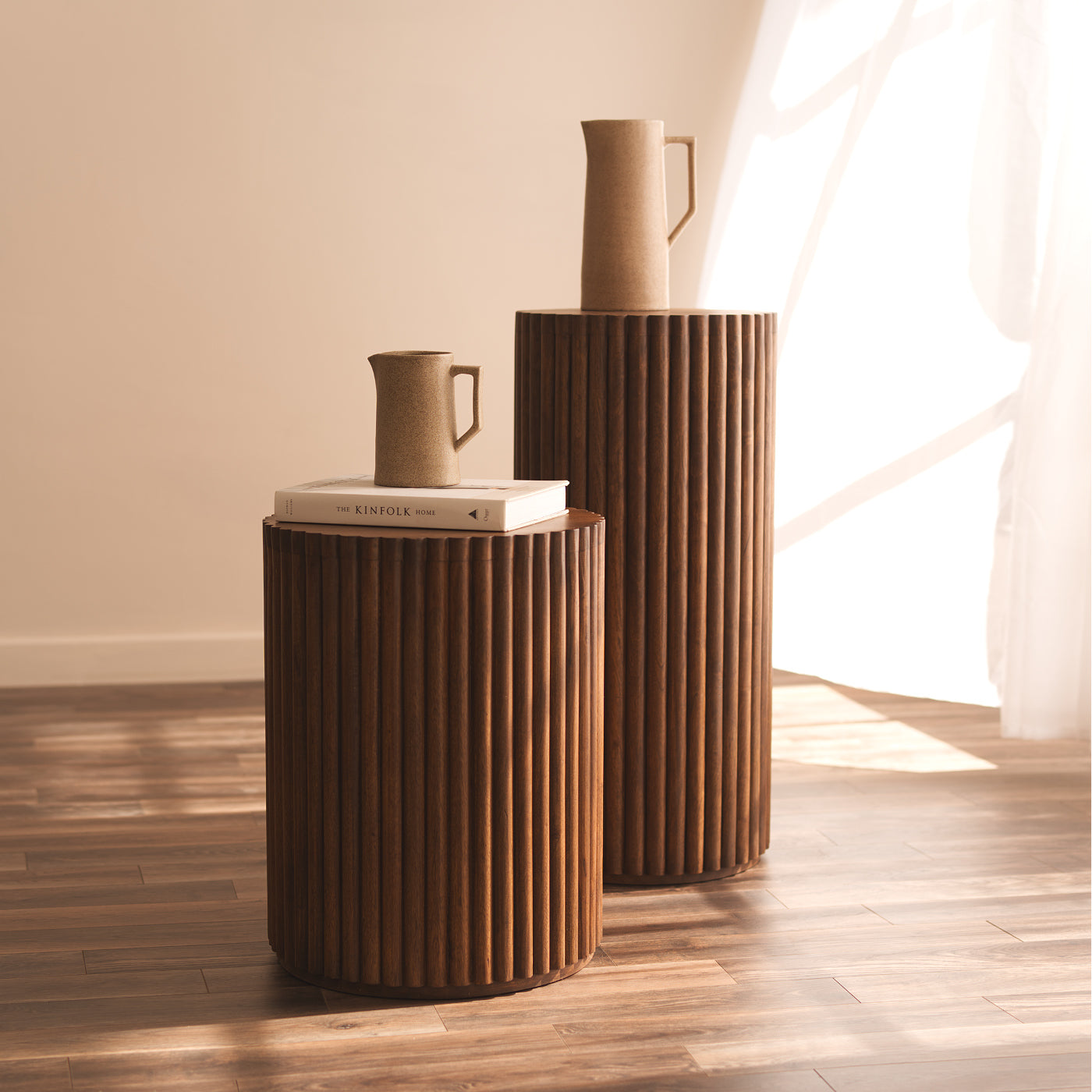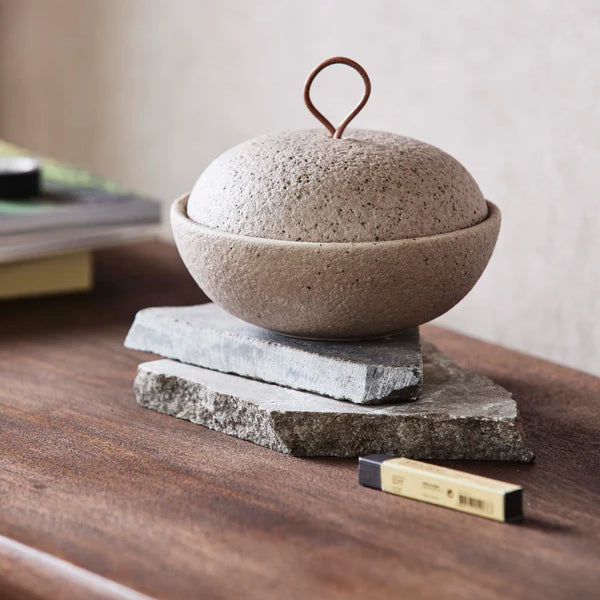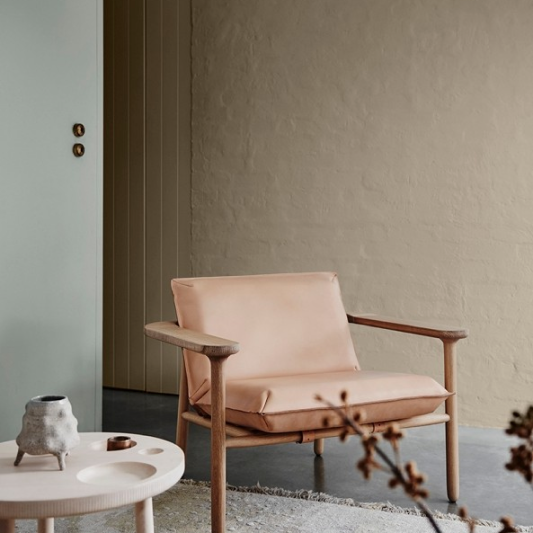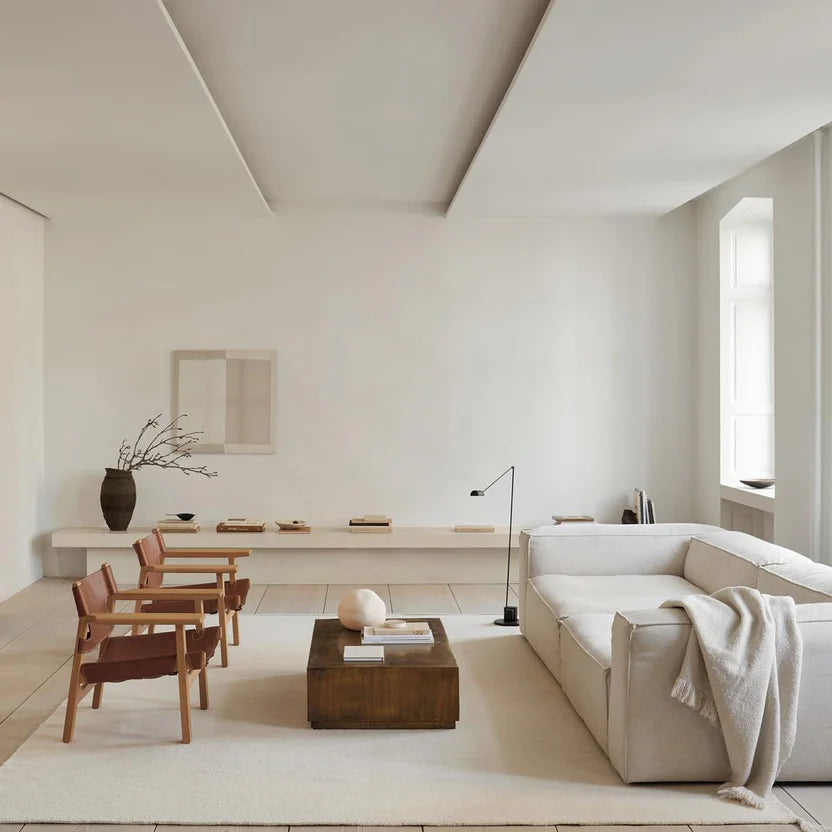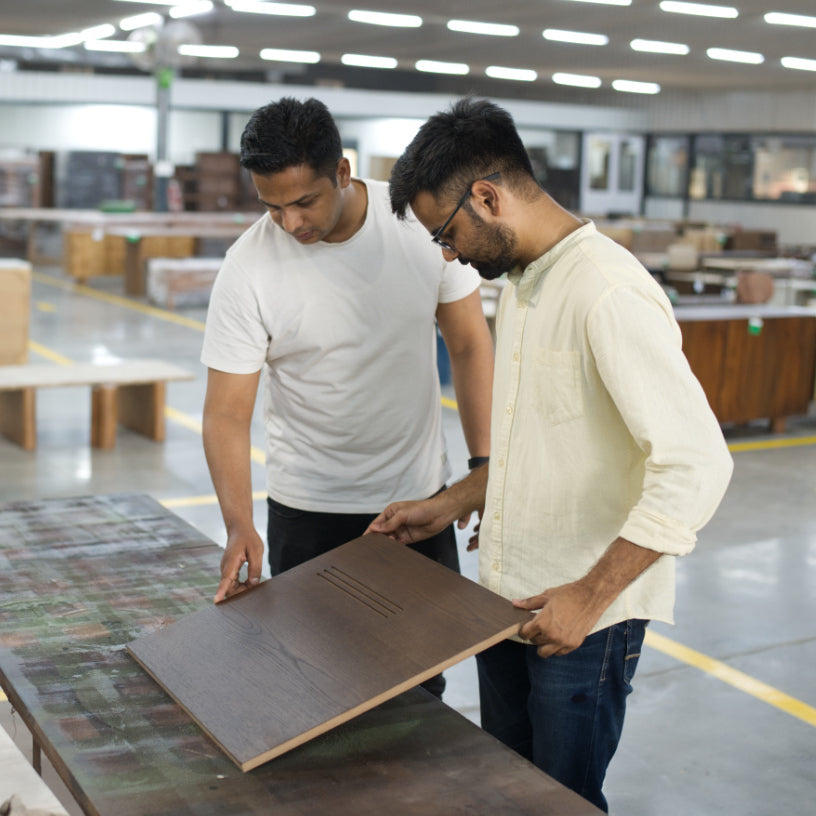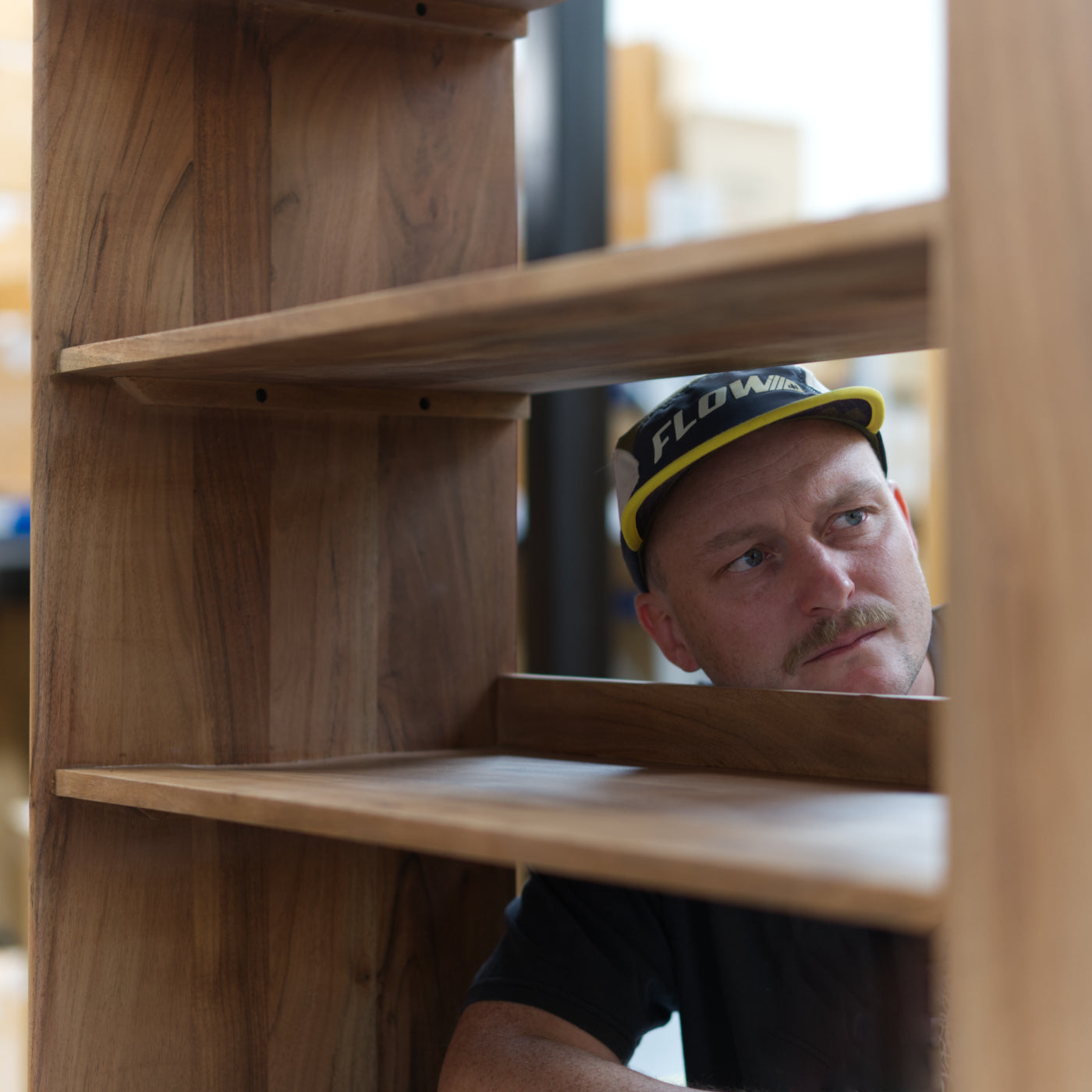The industrial look has been a staple for half a century, offering a minimalist, function-over-form approach to interior design.
The trend came about when designers began to transform disused factories and warehouses into living spaces, embracing the fabric of the building as a design choice. The result is a stylish, eye-catching space that celebrates the history of local industry and highlights the unique beauty of the structure.
While industrial interior design is still a popular choice, it has evolved over time, creating a softer, more studied approach to the stark, open-plan factory feel that you might immediately associate with this style. In this article, we’re examining the new additions to the look, and which industrial design trends to steer clear of if you're hoping to nail the modern, updated version.
In: Parquet furniture and flooring

Wooden flooring is perfect for any industrial design project, drawing upon the traditional factory feel.
If you’re not lucky enough to be blessed with natural wood floors, laying parquet flooring is an elegant, contemporary alternative. Parquet furniture is also a cost-effective way to incorporate the wooden floor aesthetic into your industrial décor, complementing both rustic and modern interpretations of this design trend.
Out: Raw steel
Thanks to its role in the industrial revolution, steel is of course one of the defining materials of this design trend. However, the raw, unpainted steel that was once favoured in this style is on its way out.
In its place, matte black painted metal offers a more refined look that still echoes the traditional roots of industrial interiors. You can breathe new life into existing raw steel furniture with a lick of paint, updating beloved pieces to suit a more modern version of this trend.
In: Copper and brass furniture

Brass and copper kitchen accents are popular choices to create a unique focal point, and can easily be incorporated into contemporary industrial design.
This trend celebrates the beauty and practicality of the building’s materials, with copper taps, bar stools, brass lamps and exposed pipework often featuring in industrial-style spaces. Recent trends expand the use of these metals for furniture as well, adding a touch of class while staying true to the principles of industrial design.
Out: Pallets and scaffolding
Thanks to Pinterest, repurposing old materials into unique design pieces has become a fundamental part of modern interior design.
However, the crude, almost vulgar look of pieces made from pallets, scaffold boards and pipes has started to feel a little dated. Contemporary industrial design is starting to move away from these cliché additions, instead embracing sleeker minimalist styles.
In: Bare brick walls

Bare brick walls are synonymous with industrial interior design, and that certainly hasn’t changed. In fact, exposed brickwork is possibly even more sought after than ever.
As well as honouring the former factories and mills that were transformed into housing, the stark beauty of bare brick instantly adds colour and texture to the space. You can use brick slips to recreate the look of a bare brick wall, or opt for cheaper alternatives such as brick-pattern wallpaper or painted stencils.
Out: Harsh, lifeless vibes
The industrial trend shouldn’t be all about wood, metal and machinery. As modern versions of the trend emerge, we’re seeing more plants and greenery to add contrast and life.
To retain the minimalist feel, opt for green, leafy plants and small potted trees rather than over-the-top florals. Hang trailing plants from high ceilings or on wall units to break up the space, and select planters made from copper, painted black metal or concrete.
In: Tan leather furniture

Leather is a popular choice for sofas and chairs in industrial-style design, adding comfort and style while retaining a sleek, minimalist feel. Instead of black, tan leather is a great choice to soften the space.
Tan leather sofas
To maintain the open-plan feel of a converted factory, it’s important to balance the size of your sofa to the space it occupies. Choosing lighter tan leather also helps to make the room feel less crowded.
Tan leather pouffes
While a functional, less-is-more feel is a key element of the industrial style, a few home comforts like a pouffe or footstool makes the space feel less stark. Balance softness and minimalism by opting for a tan leather pouffe.
Tan leather accent chairs
For a more subdued approach, pair a single tan leather accent chair with a fabric sofa in cream, beige or grey. As well as adding a variety of textures, this helps to create different spaces or zones in an industrial living room.
Final thoughts on the modern industrial look

Many of the traditional design aspects associated with the industrial style are very much still alive and well. However, modern designers are trending towards a sleeker, more subdued version of this style in keeping with the popular Scandinavian and Japandi trends.
The most important thing to focus on is choosing versatile, high-quality pieces that will last a lifetime and are able to complement the ever-changing nature of interior design.

